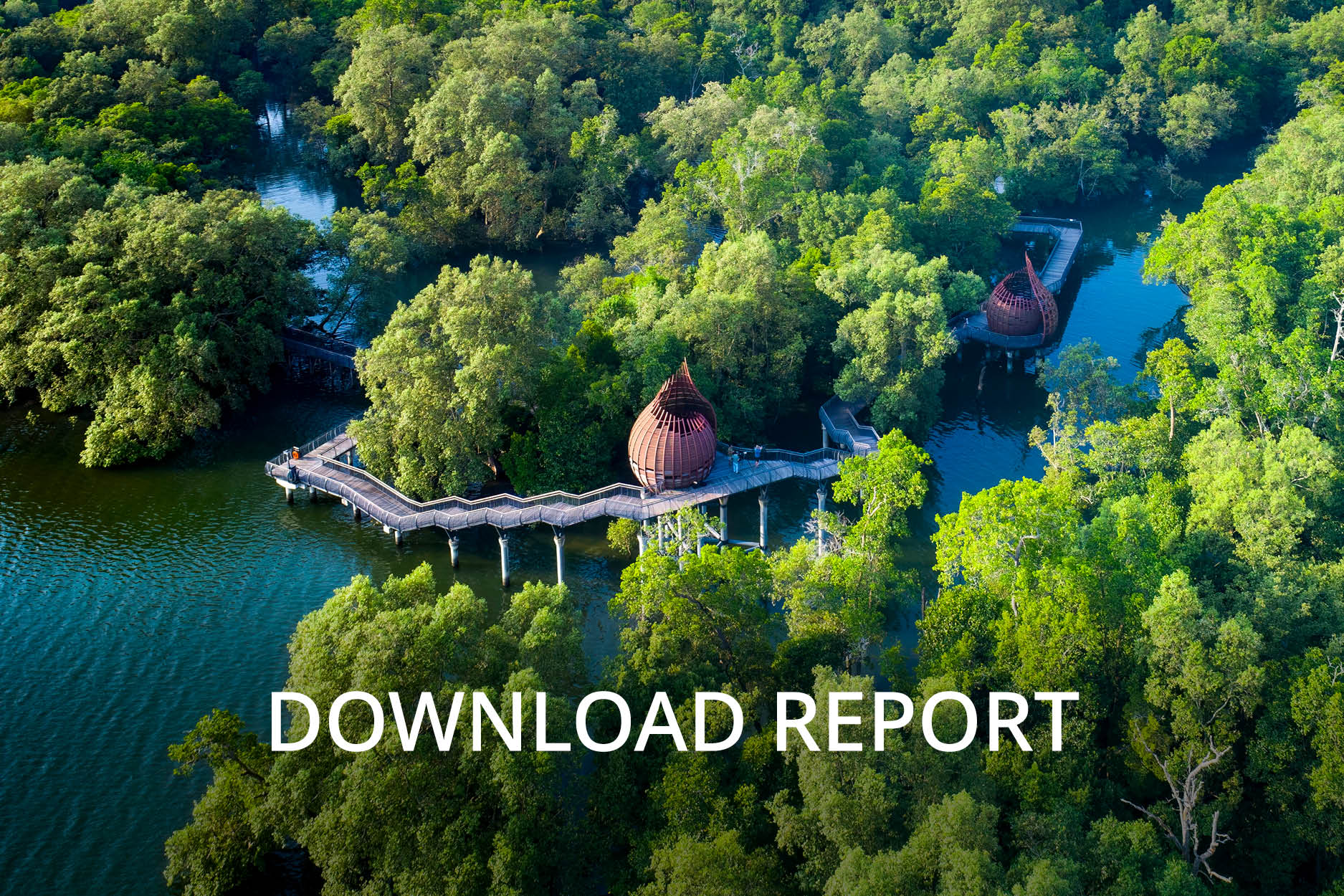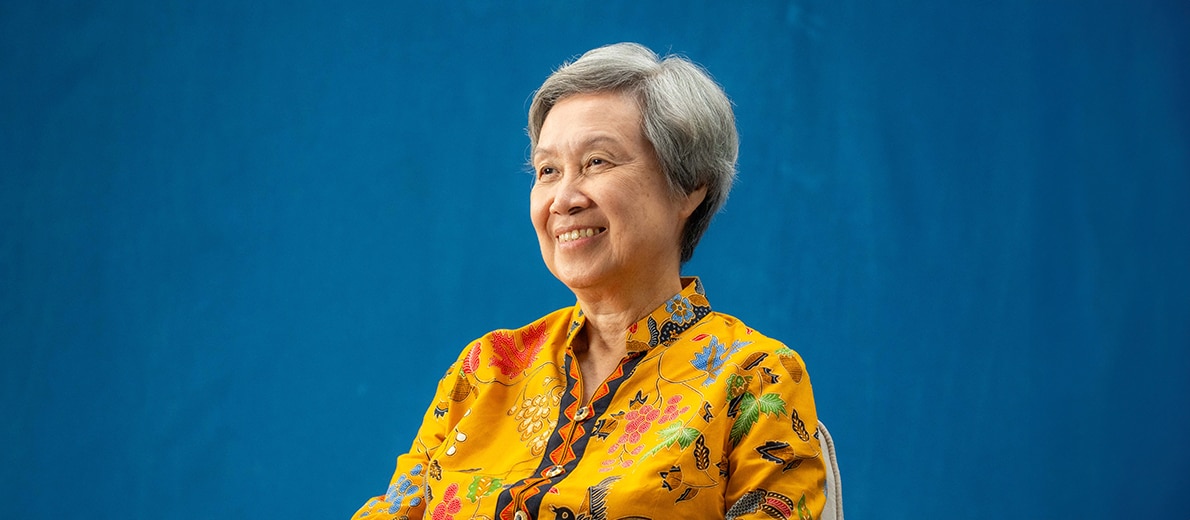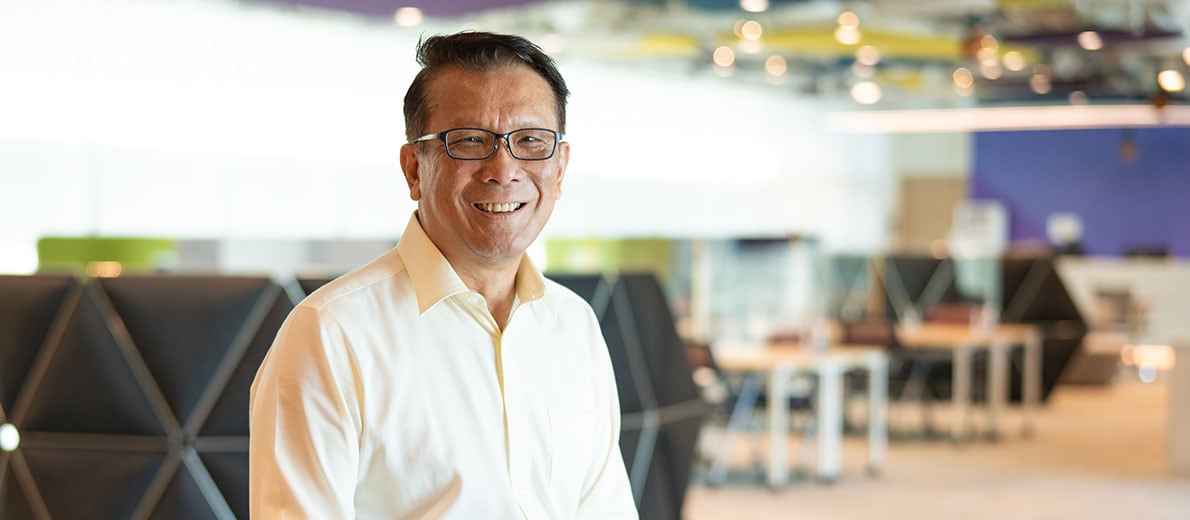Transforming Tax Policy into Social Impact
Transforming Tax Policy into Social Impact
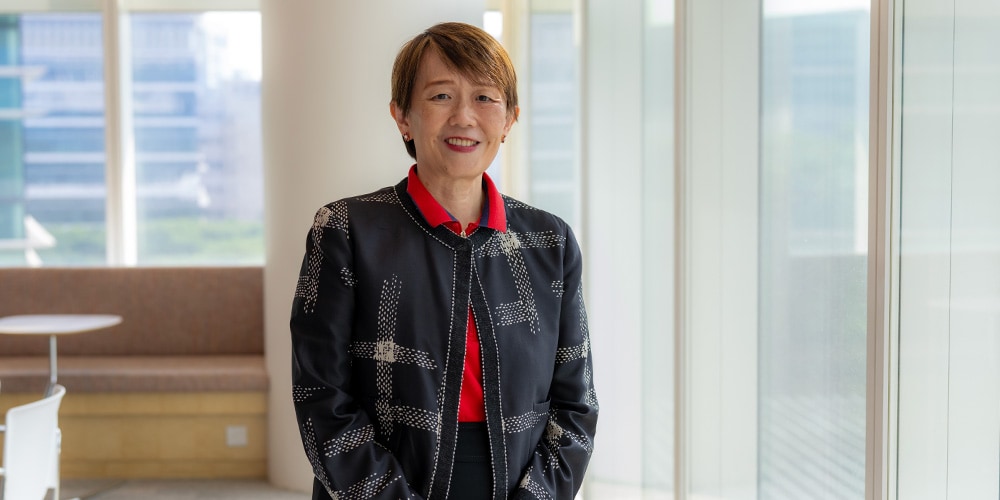
“As a fund manager, you are focused on maximising returns,” says Temasek’s Head of Tax, Belinda Chan. “But when you run philanthropic programmes, you’re concerned with maximising social impact.”
The two functions demand distinct mindsets – and skill sets, she explains. Yet, before 2006, charities and philanthropic organisations had to manage both functions to qualify for tax benefits on charitable donations.
This posed a challenge for Temasek as it sought to contribute meaningfully to the community.
Since the early 2000s, the company has set aside a portion of its returns above its risk-adjusted cost of capital for charitable initiatives. However, the dilemma persisted: how could these funds be managed and deployed so they achieved both financial growth and tangible social impact?
The task of finding a viable structure fell on Belinda and her team.
Maximising financial and social returns
Originally from Malaysia, Belinda was raised in Australia, where she pursued a double degree in accounting and law. She quickly found her niche in tax law, working at Ernst & Young. “As a tax lawyer, you spend a lot of time reading legislation. And when you understand the implications of that legislation, you can see where change is needed, and then advocate for that change,” she says.
“It may sound crazy – that I enjoy reading legislation,” she laughs, “but for me, it’s a genuine passion. I love what I do.”
An enticing offer from a former boss led her to relocate to Singapore in 1995, and in 2006, she transitioned from her role as Head of Tax for South Asia at UBS to become Tax Director at Temasek.
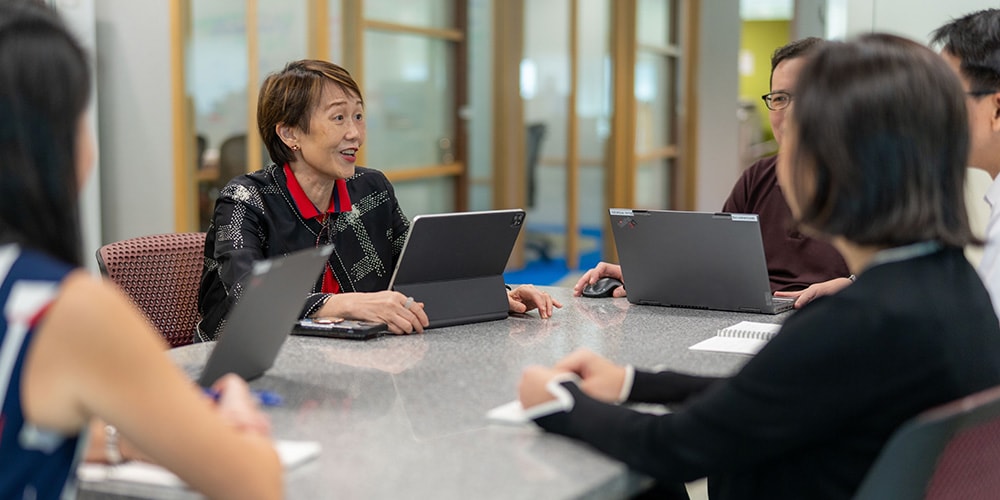
“Back then, Temasek was an organisation of about 250 people. Everyone knew everyone, but we were expanding rapidly,” she recalls. “New teams were being set up – not just the tax team, but a treasury team, a corporate finance team, and on the investment side, Private Equity Funds Investment (PEFI) teams – Temasek wanted dedicated teams to manage its growing portfolio.” It was a hectic time for the tax team, she says, navigating the complex landscape of cross-border taxes as Temasek expanded its footprint overseas, and ensuring the company’s assets were ring-fenced.
As Temasek’s operations grew, so did its community contributions, and the need for a robust system to manage and deploy these funds. “We recognised the best person to manage the funds was not necessarily the best person to manage the community programmes. What we needed was a structure that separated fund management from programme management,” she says. “And then we needed the fund manager to be eligible for the tax deduction for donations – which generally wasn’t how tax deductibility for charitable donations was legislatively construed.”
Belinda found herself part of a team that included representatives from the tax, legal and finance teams, as well as then-Chief Executive Officer Ho Ching and former Chief Financial Officer Leong Wai Leng, rallying behind a structure that would better address the distinct functions of philanthropic organisations, and also enhance Singapore’s attractiveness as a philanthropic hub.
“As Asia developed and wealth increased, philanthropy would follow,” she says. “When people grow their wealth, it’s a natural progression for them to want to give back to society. We needed to be ready for that shift.”
For 18 months, the team engaged with multiple stakeholders, from the Ministry of Finance to the Commissioner of Charities. “We wrote multiple papers justifying why this change was necessary, particularly if we wanted Singapore to attract global philanthropy,” she says. This effort eventually resulted in the introduction of the Grantmaker Scheme. Under the scheme, approved grantmakers are eligible for tax deductions on donations, and the funds can be deployed to a separate programme manager.
“This professionalised the non-profit sector, giving other Non-Profit Organisations (NPOs) the flexibility to set up in Singapore and operate in a way that maximised both financial and social returns,” she says.
Within Temasek, the new model led to the creation of Temasek Trust and Temasek Foundation in 2007. Temasek Trust serves as a steward for Temasek’s philanthropic assets, ensuring these funds are invested responsibly and directed to where they can make the most difference. Meanwhile, Temasek Foundation drives programmes that seek to create positive outcomes in Singapore and Asia by building health, climate, and social and community resilience.
“For me, there was a strong sense of professional achievement,” says Belinda. “It’s why I am at Temasek, it has the willingness to push boundaries, and to figure out a structure that works.”
Belinda’s philosophy – “Do your job fearlessly” – has become her guiding principle, encouraging her team to push boundaries and embrace challenges without fear. "If you let fear hold you back, you're no longer doing the job." she says.
The ripple effect
Together with geopolitical factors, the policy change has contributed to the rise in the number of NPOs establishing themselves in Singapore. “I think the Grantmaker Scheme resonated with a lot of NPOs, and has been a catalyst for drawing others here,” Belinda says. While tax can seem technical, its implications can be wide-ranging, in this case, creating an ecosystem that can sustain and grow the impact of philanthropy.
For her, this work goes hand in hand with Temasek’s broader commitment to community and society. It’s the foundation of its social licence to operate, she says.
“At the heart of it, it’s about ensuring the impact we leave behind is meaningful and lasts for generations.”
At the heart of it, it’s about ensuring the impact we leave behind is meaningful, and lasts for generations.
Belinda Chan
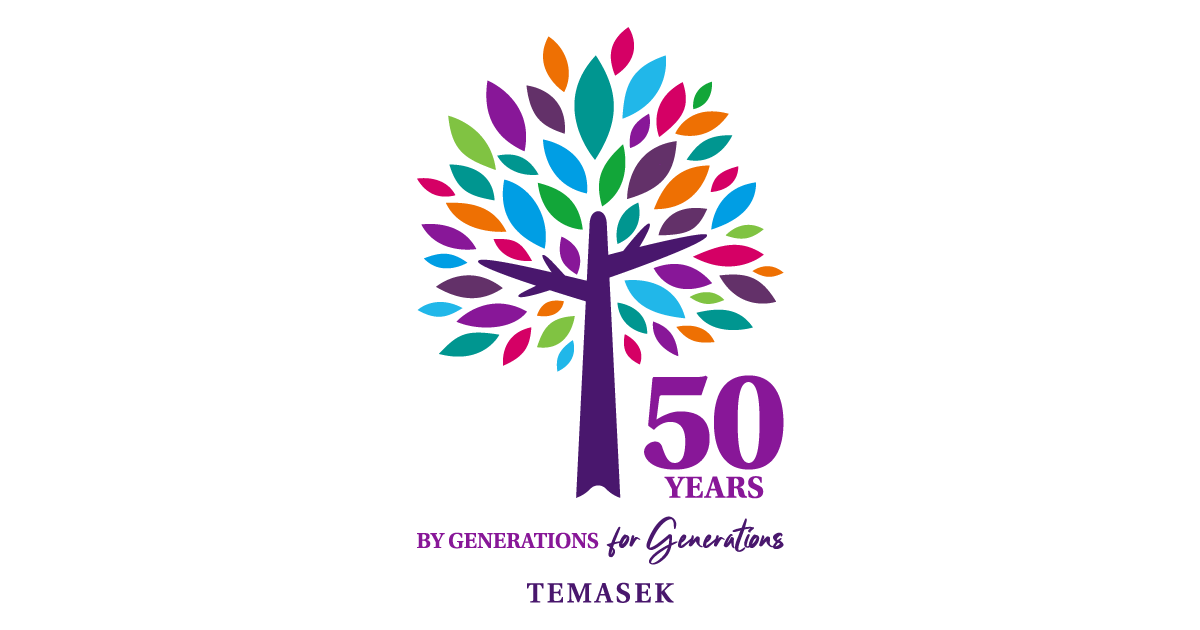
As we mark our 50th anniversary, we present 50 stories from our staff, alumni, and beneficiaries who have been a part of Temasek's journey through the years.
Hear for the first time their anecdotes of what went on behind the scenes as they grew alongside the firm. Together, they capture pivotal milestones of Temasek, and tell the story of an institution built By Generations, For Generations.
